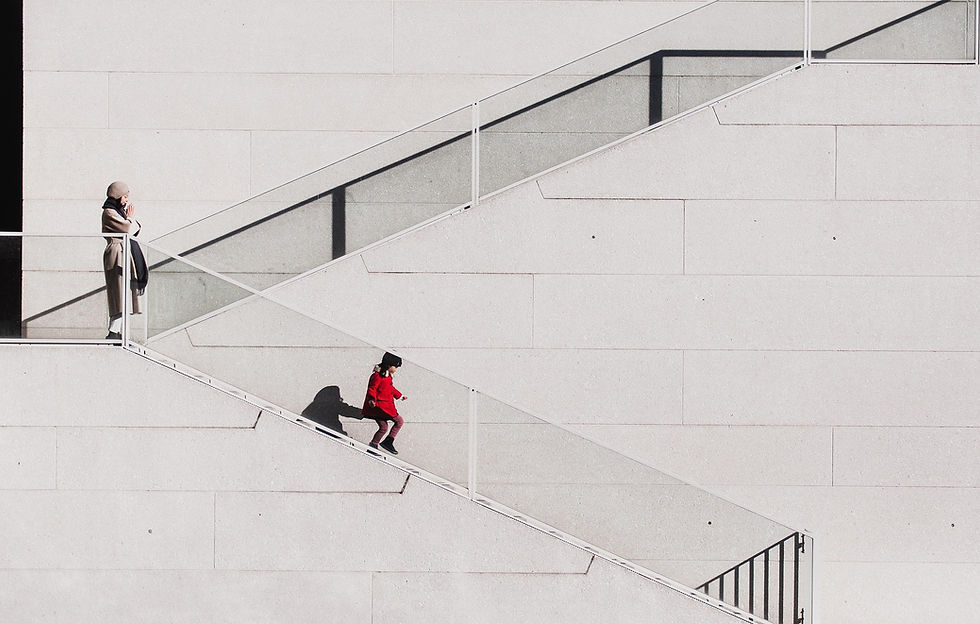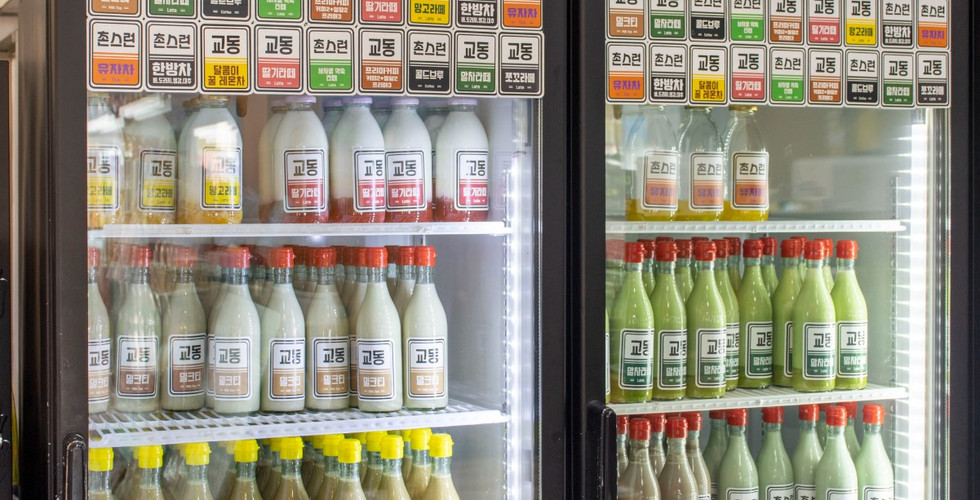Korea’s Reborn Place, Renewed in Form and Function #1
- zone tp
- Sep 9
- 3 min read
※ TriPriend app offers discounts and free vouchers for a variety of Seoul cafes, restaurants, and facilities.
To download TriPriend app, please click the banner below.

Reviving the abandoned and breathing new life into the old is a truly special task.

It offers not only a transformed building but also a completely new experience for visitors.

There are tourist destinations in Korea that have been reborn through diverse perspectives!

Discover unique places that each hold a long and personal story within them.

Let's begin😎

Joyang Bangjik, once a derelict and eyesore rayon factory, has been reborn as an art‑museum café that preserves its original structure and weaves a unique narrative. Established in 1933 as Ganghwa’s first domestically funded rayon factory, it was gutted by a major fire in 1939, struggled through the Korean War, and finally shut down in 1958. After decades of neglect, the space now overflows with visitors savoring drinks and desserts amid a vintage ambiance. More than 990 m² of the vast factory grounds and skeletal framework remain intact, and varied zones have been created to leave traces of the site’s story throughout the café.
The long workbench that once held spinning machines now serves as a coffee table, and the gray concrete building once deemed an eyesore has become a stylish vintage landmark. Inside, antiques, nostalgic items, and artworks fill the space, retaining the passage of time just like the building itself.

Address: 12 Hyangnamu-gil 5beon-gil Ganghwa-eup, Ganghwa-gun, Incheon
Work: Mon–Fri 11AM–8PM
Sat, Sun 11AM–9PM

Gimnyeong Mural Village is a village in Jeju where 10 artists have created artworks using discarded metal products and Jeju’s basalt stones. Stretching about 3 km from Kimnyeong, the starting point of Jeju Olle Trail Course 20, to Seongsegi Beach, sculptures are installed on buildings along the way, allowing visitors to enjoy various works. Each piece centers around the theme “The Life of Jeju Haenyeo (female divers).” You can find a total of 29 artworks, ranging from vivid murals to metal sculptures.
In the middle of the village, there is Cheonggulmul, a village water tank that collects spring water. Spring water is groundwater that rises to the surface near the sea. This cooler water was used as an open-air bath and still attracts visitors for its beautiful scenery and water activities. Since this is a residential village, visitors should be careful not to cause noise or enter private homes.

Address: 18-16 Gimnyeonghang 3-gil Gujwa-eup, Jeju-si, Jeju-do

Ganghwa Farmers Market is a unique direct-trade space transformed from an agricultural tool repair center into a vibrant marketplace. Created by farmers and artists from Gyodong Island, it serves as a direct market where producers meet customers face-to-face. Here, you can find Ganghwa’s excellent local specialties at reasonable prices! The market mainly sells various regional specialties and handmade crafts. It also features restaurants offering dishes like handmade burgers and bibimbap, as well as a popular café known for its jajang bingsu (black bean sauce shaved ice), making it a perfect place to spend a whole day.
Visitors can taste, see, and buy specialty products like ginseng makgeolli and honey, along with handmade crafts such as wooden cutting boards and mother-of-pearl tables. Located near Daeryong Market, known for its nostalgic charm, you can also find Daeryong’s famous drinks in sesame oil bottle and chips made from locally grown potatoes and sweet potatoes here.

Address: 22 Gyodongnam-ro Gyodong-myeon, Ganghwa-gun, Incheon
Work: 10AM–5PM (Mon, Closed)




























































